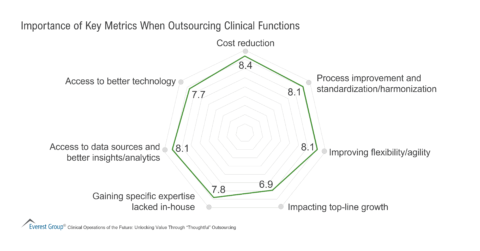Reimagine growth at Elevate – Dallas 2025. See the Agenda.
Filter
Displaying 1-10 of 341
Automation to Execution: The Rise of Agentic AI in Healthcare | LinkedIn Live
July 23, 2025
9:00 a.m. CDT | 10:00 a.m. EDT | 3:00 p.m. BST | 7:30 p.m. IST
LinkedIn Live
1 hour
Finance Benchmarks to Drive Operational Excellence | Webinar
Wednesday, June 25
12:00 PM | ET
The Mid-2025 Deal Commercials Roundup: Cost, Pricing, and the Future Impact of AI | Webinar
On-Demand Webinar
1 hour
May 15, 2025
9:00 am CDT | 3:00 pm BST | 7:30 pm IST
Virtual Roundtable
1 hour 30 minutes
Unpacking Uncertainty to Uncover Value – Dynamics Shaping Growth of Global Outsourcing | Webinar
On-Demand Webinar
1 hour













